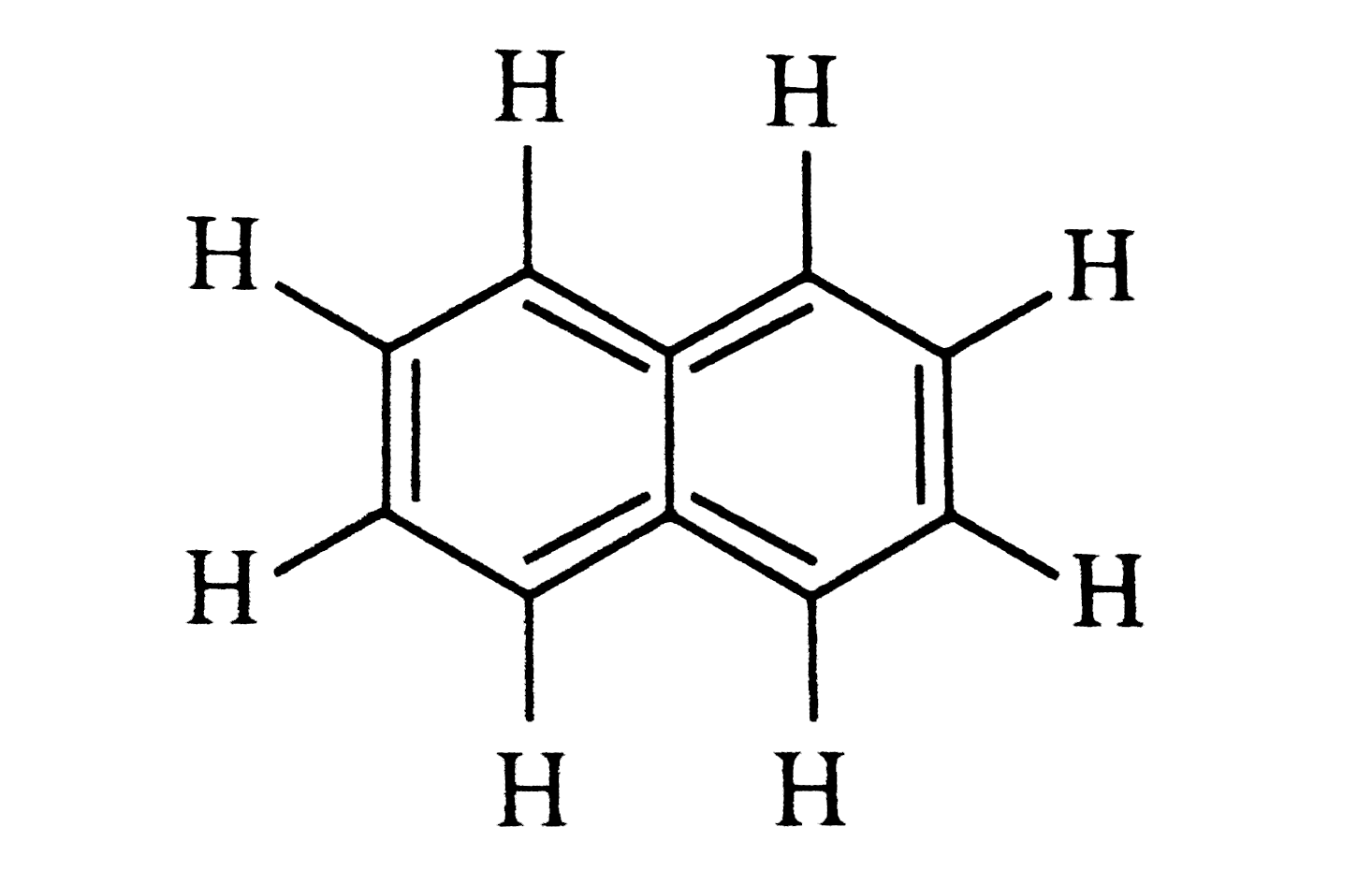Complete Solutions to NCERT EXAMPLAR PROBLEMS (MULTIPLE CHOICE QUESTIONS -I) of chapter CHEMICAL BONDING AND MOLECULAR STRUCTURE of Class 11 book with complete answers and questions
| Class 11 | CHEMISTRY |
| Chapter | CHEMICAL BONDING AND MOLECULAR STRUCTURE |
| PRADEEP | NCERT EXAMPLAR PROBLEMS (MULTIPLE CHOICE QUESTIONS -I) |
| Number Of Questions | 22 |
| Academic Year | 2023-24 |
Isostructrual species are those which have the same shape and hybridisation. Among the given identify the isostructural pairs.
View SolutionPolarity in a molecule and hence the dipole moment depends primarily on electronegativity of the constituent atoms and shape of a molecule. Which of the following has the highest dipole moment?
View SolutionThe types of hybrid orbitals of nitrogen in `NO_(2)^(+),NO_(3)^(-)` and `NH_(4)^(+)` respectively are expected to be :
View SolutionHydrogen bonds are formed in many compounds e.g. `H_(2)O`, HF, `NH_(3)`. The boiling point of such compounds depends to a extent on the strength of hydrogen bond and the number of hydrogen bonds. The correct decreasing order of the boiling points above compounds is
View SolutionIn `PO_(4)^(3-)` ion, the formal charge on the oxygen
atom of P-O bond is
View SolutionIn `NO_(3)^(-)` ion, the number of bond pairs and lone pairs of electrons on nitrogen atom are :
View SolutionWhich of the following species has tetrahedral geometry?
View SolutionNumber of `pi` bonds and `sigma` bonds in the following
structer is

View SolutionWhich molecule/ion out of the following does not contain unpaired electrons?
View SolutionIn which of the following molecule/ion all the bonds are not equal?
View SolutionIn which of the following substance will
hydrogen bond be strongest ?
View SolutionIf the electron configuration of an element is `1s^(2), 2s^(2), 2p^(6), 3s^(2), 3p^(2), 3d^(2), 4s^(2)`, the four electrons involved in chemical bond formation will be
View SolutionWhich of the following angle corresponds to sp hydridisation ?
View SolutionThe electronic configurations of three elements,
A,B are C are given below. Answer the
questions 14 to 17 on the basis of these
configurations .
`{:(A " "1s^(2) " "2s^(2) " "2p^(6)),(B" "1s^(2) " "2s^(2) " "2p^(6) " " 3s^(2) " "3p^(3)),(C" "1s^(2) " "2s^(2) " "2p^(6) " " 3s^(2) " "3p^(5)):}`
Stable form of a may be represented by the formula :
View SolutionThe electronic configuration ofhte elements. A, B and C are given below. Answer the question from 14 to 17 on the basis of these configuration.
`{:(A,1s^(2),2s^(2),2p^(6),,),(B,1s^(2),2s^(2),2p^(6),3s^(2),3p^(3)),(C,1s^(2),2s^(2),2p^(6),3s^(2),3p^(5)):}`
Stable form of C may be represented by the formula
View SolutionThe electronic configuration ofhte elements. A, B and C are given below. Answer the question from 14 to 17 on the basis of these configuration.
`{:(A,1s^(2),2s^(2),2p^(6),,),(B,1s^(2),2s^(2),2p^(6),3s^(2),3p^(3)),(C,1s^(2),2s^(2),2p^(6),3s^(2),3p^(5)):}`
The molecular formula of the compound formed from B and C will be
View SolutionThe electronic configurations of three elements,
A,B are C are given below. Answer the
questions 14 to 17 on the basis of these
configurations .
`{:(A " "1s^(2) " "2s^(2) " "2p^(6)),(B" "1s^(2) " "2s^(2) " "2p^(6) " " 3s^(2) " "3p^(3)),(C" "1s^(2) " "2s^(2) " "2p^(6) " " 3s^(2) " "3p^(5)):}`
The bond between B and C will be
View SolutionWhich of the following order of energies of molecular orbitals of `N_(2)` is correct ?
View SolutionWhich of the following statement is not correct from the view point of molecular orbital theory?
View SolutionWhich of the following options represents the correct bond order ?
View SolutionThe electronic configuration of the outer most shell of the most electronegative element is :
View SolutionAmongst the following elements whose
electronic configuration are given below, the
one having the highest ionisation enthalpy is
View Solution
NCERT EXAMPLAR PROBLEMS (MULTIPLE CHOICE QUESTIONS -I) questions and complete solutions for chapter CHEMICAL BONDING AND MOLECULAR STRUCTURE of PRADEEP CHEMISTRY (HINGLISH) of Class 11
All Exercises from PRADEEP Class 11 CHEMISTRY CHEMICAL BONDING AND MOLECULAR STRUCTURE
- ADDITIONAL QUESTIONS (LONG ANSWER QUESTIONS)
- ADDITIONAL QUESTIONS (SHORT ANSWER QUESTIONS)
- ADDITIONAL QUESTIONS (VERY SHORT ANSWER QUESTIONS )
- ADVANCED PROBLEMS
- ANALYTICAL QUESTIONS AND PROBLEMS WITH ANSWERS/SOLUTIONS
- ANALYTICAL QUESTIONS AND PROBLEMS WITH ANSWERS/SOLUTIONS (PROBLEMS)
- ANALYTICAL QUESTIONS AND PROBLEMS WITH ANSWERS/SOLUTIONS (Questions)
- COMPETITION FOCUS JEE (Main and Advanced)/ MEDICAL ENTRANCE SPECIAL (III. MULTIPLE CHOICE QUESTIONS (Based on the given Passage/Comprehension))
- COMPETITION FOCUS JEE (Main and Advanced)/ MEDICAL ENTRANCE SPECIAL (I. MULTIPLE CHOICE QUESTIONS WITH ONE CORRECT ANSWER))
- COMPETITION FOCUS JEE (Main and Advanced)/ MEDICAL ENTRANCE SPECIAL (II. MULTIPLE CHOICE QUESTINS (WITH ONE OR MORE THAN ONE CORRECT ANSWER))
- COMPETITION FOCUS JEE (Main and Advanced)/ MEDICAL ENTRANCE SPECIAL (IV. MATCHING TYPE QUESTIONS)
- COMPETITION FOCUS JEE (Main and Advanced)/ MEDICAL ENTRANCE SPECIAL (V MATRIX-MATCH TYPE QUESTIONS)
- COMPETITION FOCUS JEE (Main and Advanced)/ MEDICAL ENTRANCE SPECIAL (VI. INTEGER TYPE QUESTIONS)
- COMPETITION FOCUS JEE (Main and Advanced)/ MEDICAL ENTRANCE SPECIAL (VII. NUMERICAL VALUE TYPE QUESTIONS (IN DECIMAL NOTATION))
- COMPETITION FOCUS JEE (Main and Advanced)/ MEDICAL ENTRANCE SPECIAL (VIII. ASSERTION-REASON TYPE QUESTIONS TYPE I)
- CONCEPTUAL QUESTIONS
- Curiosity Questions
- EXAMPLE
- NCERT EXAMPLAR PROBLEMS ( MULTIPLE CHOICE QUESTIONS BASED ON THE GIVEN COMPREHENSION )
- NCERT EXAMPLAR PROBLEMS (ASSERTION AND REASON TYPE QUESTIONS)
- NCERT EXAMPLAR PROBLEMS (LONG ANSWER QUESTIONS)
- NCERT EXAMPLAR PROBLEMS (MATCHING TYPE QUESTIONS)
- NCERT EXAMPLAR PROBLEMS (MULTIPLE CHOICE QUESTIONS -1)
- NCERT EXAMPLAR PROBLEMS (MULTIPLE CHOICE QUESTIONS -I)
- NCERT EXAMPLAR PROBLEMS (MULTIPLE CHOICE QUESTIONS -II)
- NCERT EXAMPLAR PROBLEMS (SHORT ANSWER QUESTIONS)
- NCERT Questions And Exercises With Answers
- PROBLEM
- Problem For Practice
- SAMPLE PROBLEM
- TEST YOUR GRIP (FILL IN THE BLANKS II)
- TEST YOUR GRIP (MULTIPLE CHOICE QUESTIONS I)